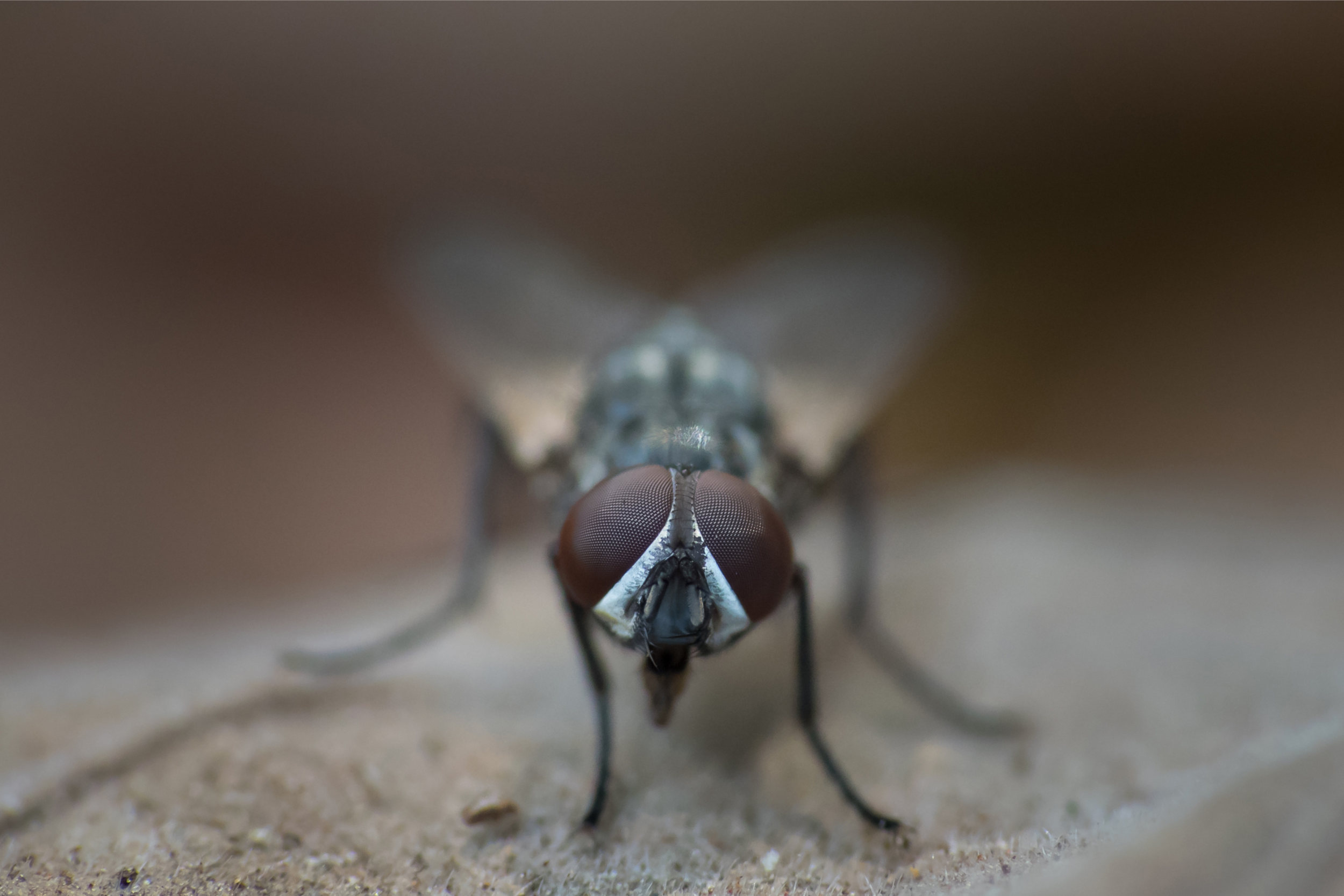ASF takes centre stage at Leman China Swine Conference

It needs no further debate that awareness about African Swine Fever is sky-high in China. So much could be noted by the amount of attention by both speakers as well as delegates for the virus, its origins and biosecurity at the 7th edition of the Leman China Swine Conference, held last week in Zhengzhou, China.
The event is a sister event of the Allen D. Leman Swine Conference, which is held every year in St Paul, MN, United States and is organised by the University of Minnesota. The Chinese sibling has already grown out to be bigger in size than its original – the 2018 edition (held 19-21 October) included a conference as well as a trade show, with the conference attracting 5,000 professionals and the trade show roughly 15,000.
Where exactly has African Swine Fever been reported in China? Find out in our interactive ASF map
The number of visitors to the conference could even have been higher, had African Swine Fever (ASF) not been introduced into China. Due to the virus’ presence, the organisation estimated it was best to limit the number of professionals to the actual conference.
Transparency and cooperation around ASF
In the 1st presentation of the actual conference, Prof John Deen of the University of Minnesota launched a plea for transparency and cooperation in fighting the epidemic. He clearly identified which types of pig farms exist in China, all with their own role to play in the ASF epidemic.
He identified:
- Households with ’courtyard pigs’: The animals live on food waste, veterinarians are too expensive, refrigeration is common, and moribund as well as pigs died of ASF are usually consumed. There are about 300 million of them in China, he said.
- Larger non-biosecure farms: Large enough to detect an outbreak, but with risk factors as swill feeding, transport issues, live markets, limited financial capacity.
- Biosecure farms: Their willingness to take up new technology has made them profitable; having a small risk for ASF infection. They may gain preference for being allowed interprovincial trade due to their biosecurity statues, Prof Deen said.
ASF as the old enemy for China
Prof Qiu Hua-Ji, Harbin Veterinary Research Institute, China, then spoke about African Swine Fever as being the an emerging ‘old enemy’ in China. He summed up the history of the disease and also how the disease behaves, what are the clinical signs and what can be done to avoid infection. He said that at the moment China has not reported any outbreak in wild boar. He remained positive about the battle against the virus and quoted Ren Zhongfei at Huawei, saying “We have no way but victory!”

Why is ASF vaccine development so difficult?
Dan Rock of the University of Illinois, Urbana-Champaign, IL, United States, then focused on the question as to why vaccine development is difficult for African Swine Fever, known as a large, complex DNA virus.
There are various different ways of creating vaccines – and he discussed e.g. the possibility of making a live-attenuated vaccine. In that option, the virus is still alive but lacks virulent properties. Prof Rock explained that safety and viral persistence questions remain and that it is difficult to identify attenuating mutations which function in diverse ASFv genetic backgrounds.

Prof Rock then also touched on the possibility to develop a subunit ASF vaccine – or a vaccine containing a fragment of the virus. He said that there is further work needed to identify the correct ingredients for a vaccine like this.
Also insects and rodents can spread virus particles
Particularly interesting was the contribution of Dr Richard French, vice president of animal health at the CP Group in China. He dived into the topic of pathology of ASF. Amongst the many things he touched on was a remark about the difference between biological vectors and mechanical vectors. Indeed, soft ticks are the only known animal species apart from pigs that can carry ASF as biological vector, but that doesn’t mean that insects or rodents cannot transport virus particles, he said.

Dr French also called ASFv ‘a master manipulator of the immune system’. He said, “What follows next is the destruction of the homeostatic mechanisms for haemostasis leading to haemorrhage.”
Biosecurity plan & audit
Clayton Johnson of Carthage Veterinary Service, Carthage, IL, United States, then carefully explained how to set up a biosecurity plan for a swine farm, which would certainly help to keep African Swine Fever virus out.

He said knowing and understanding the virus and its routes of entrance is essential to set up a good plan. Seeing that recently it was demonstrated that the virus could also travel in feed ingredients, to be on the safe side he even suggested a post-bagging down time of soybean meal of 286 days.
Biosecurity, PRRS and PED
Other speakers addressed the topic of biosecurity in more general terms. Prof Jean -Pierre Vaillancourt discussed the basic principles of biosecurity and Rebecca Robbins of Seaboard Foods explained about the ‘Thermal Assisted Drying Device (TADD)’ method of disinfection, by ‘baking’ trailers in order to kill pathogens.
Read more on African Swine Fever in our special web page on ASF
Many speakers at the Leman China Swine Conference took a practical, refreshing approach with many presentations being given in an accessible way. Other topics discussed included Porcine Reproductive and Respiratory Syndrome (PRRS) and Porcine Epidemic Diarrhoea (PED).

Read more on pig diseases in the Pig Progress Health Tool











